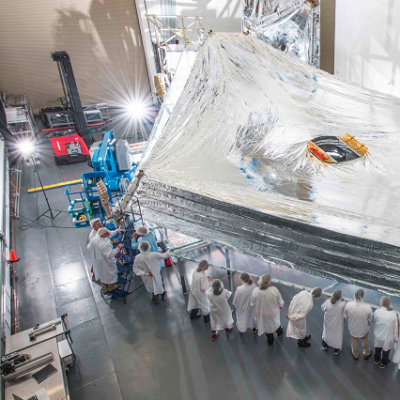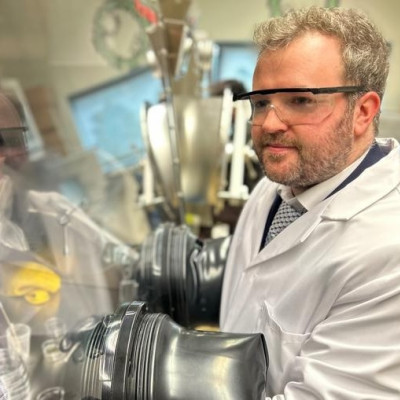Superconductors - materials that can transport electrons with no resistance - are a quantum phenomenon with numerous applications. They have fascinated physicists and engineers since their discovery more than 100 years ago, but the mechanisms of modern superconductors are still not fully understood and remain one of the most active areas of research in quantum materials.
Since it was discovered in 2012, FeSe in its three-atoms-thick monolayer form has received much attention from researchers for its unusual superconductive properties. In bulk form, it becomes a superconductor at 8 Kelvin, or -265 Celsius. As a monolayer, though, it starts superconducting at about 70 Kelvin, or 203 degrees below zero - still very chilly, but moving in the right direction. In a collaboration with the University of British Columbia, Yale researchers shed some light on behavior of electrons in this system, which could prove to be key to understanding superconductivity itself. The results are published in Nature Communications.
The Yale researchers, Charles Ahn, Fred Walker, Juan Jiang, and Sangjae Lee, worked with researchers at the University of British Columbia led by Ke Zou, an assistant professor (and former postdoctoral associate at Yale).
Using one of the most advanced synchrotron light sources in the world, housed at the Quantum Materials Spectroscopy Centre at the University of British Columbia, the researchers could closely study the electronic structure of the material. The authors are able to show that there are a series of electronic states, known as replica bands, which are modified by electron-phonon coupling. These can be traced back to the electronic orbitals of atoms in the monolayer. The quality of the material and the sensitivity of the measurements allowed the researchers to analyze these effects quantitatively for the first time. What they found is that the intensity of these replica bands cannot be satisfactorily explained by the existing theories of superconductivity. The discovery sheds new light on this important system, but there’s still more study needed to fully unravel the origin of enhanced superconductivity.
“It's a timely result that takes advantage of recent advances in large-scale spectroscopic facilities,” said Ahn, the John C. Malone Professor of Applied Physics, Mechanical Engineering & Materials Science & Physics. “The results test several theories, though we still don’t have a definitive answer. This experiment provides another piece of the puzzle.”
One drawback of commercially used superconductors - magnets for MRIs, for example - is that they require liquid helium, which is very expensive, to cool them down to low enough temperatures. The research team’s discovery is a step toward changing that.
“One of the really exciting things in the field now is the possibility of getting a superconductor up to room temperature,” said Walker, Senior Research Scientist in Applied Physics. “And understanding the mechanisms for superconductivity at this detailed level looks like an exciting route to achieving that.”
Read the original article on Yale University.







